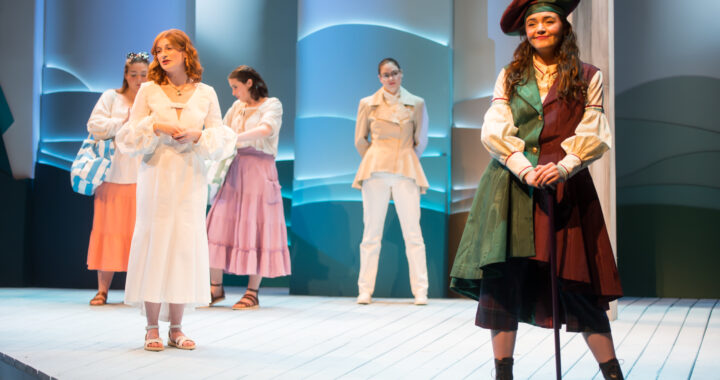‘Freedom’ enlightens readers
2 min read
By Joshua Lawson
Jonathan Franzen’s most recent novel, “Freedom,” exemplifies the power of good writing.
On the surface “Freedom” is a well-told story, full of compelling characters and relationships, but going deeper into the text reveals in-depth examinations of a multitude of issues, such as global warming, feminism and religion.
Prior to the novel’s Aug. 31 release, it had already garnered an incredible amount of press. Franzen was featured in a cover story on the August issue of Time and the novel still maintains the number one spot on Borders’ bestseller list.
It was Oprah’s first book club pick of 2010. President Obama called it “terrific.”
For a novel with such pre-release hype, “Freedom” definitely delivers.
Its true power comes from Franzen’s masterful portrayal of characters.
By addressing the decline of the Berglund family; Walter, wife Patty, and children Joey and Jessica, “Freedom” provides an intimate look into the lives of a seemingly typical post-9/11, American family.
The central conflict of the book revolves around the relationship between Walter, Patty and Walter’s best friend, fledgling rock star Richard Katz.
These characters are fully fleshed out with backgrounds and personalities so complex that it’s impossible for readers not to step into their shoes and question their motives.
Even when a character makes a poor decision, there are counterweighing forces that make readers contemplate where each character actually falls on the book’s gray spectrum of morality.
The novel’s narrative is incredible and will undoubtedly leave many questioning the virtue of the every-man.
Even the most stand-up characters make awful choices. In fact, of the four characters through which the story unfolds, none are left without some sort of moral blemish.
The characters of “Freedom” struggle to conform to a personal construct they have created for themselves.
Whether it’s saving the world, championing motherhood or slaying the status quo through punk rock, these characters have created images of themselves that they desperately and unsuccessfully try to project to the world.
As a portrait of the modern every-man, “Freedom” may leave some to be desired from the perspective of an optimist. With so much depth to the plot and the characters, however, there is little doubt that nearly anyone can find something to enjoy.
“Freedom” is undoubtedly a future classic and, for anyone with the time to read 600 pages, a must read.











